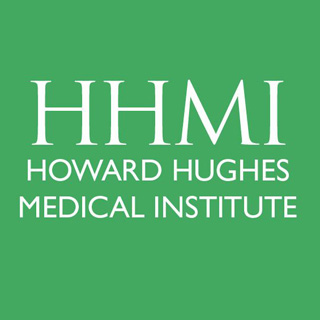
The research shows that histones aren’t simply a result of sepsis. The research points to histones as a novel and potentially appealing drug target for compressing down the absentee immune reaction. In animal studies, Howard Hughes Medical Institute investigator Charles Esmon and colleagues illustrated that obstructing histones with an antibody or enzyme apparently averts their destructive effects.
Histones are believed to be part of the body’s quick reaction to infectious disease, a substitute measure until the immune system can boot into gear.
Esmon’s previous research on an enzyme known as activated protein C (APC) apparently resulted in the formation of the only drug now used against sepsis. That drug, Xigris, manufactured by Eli Lilly, is said to be a type of the body’s own APC enzyme. It supposedly decreases the danger of death from sepsis by around 20 percent. Xigris is thought to be valuable only for severe sepsis, once organs have started to fail, and bleeding problems linked with Xigris restrict its use when sepsis occurs following trauma or surgery.
Esmon’s team set out to hit upon a new approach to treat sepsis by observing more closely at how APC stopped its development. Jun Xu, a postdoc, provoked human macrophage cells to manufacture a sepsis-like response, and then blocked the reaction with APC. Among the rescued cells, he supposedly found remains of cleaved histones.
In preceding researches, Esmon’s team used baboons to examine APC’s impact on sepsis. The animals in those experiments had apparently been set free with APC after receiving deadly levels of the bacteria Escherichia coli to create septic shock. When the researchers studied blood samples gathered during those experiments, they apparently confirmed what Xu’s in vitro test had recommended, that histones had a function in septic shock, and their cleavage stopped the disease.
In additional researches in Esmon’s lab, they found that histones alone, in the absence of injury or attacking bacteria could create a sepsis reaction in human endothelial cells and in mice. Even though histones could assist in warding off infection, Esmon mentioned that their experiments show that the consequences of their release could be severe.
Esmon believes that the histones apparently rough up the coating of the blood vessels, the endothelium. The injury apparently releases more histones, and blood vessels grow leaky. Blood clots are said to be created in the minute air sacks of the lung and the kidney function breaks down. And with every bit of tissue damage, every organ failure, additional histones supposedly flee in a flow of proceedings that grow more harmful and harder to manage, at each stage. Eventually, patients fall into numerous organ failure and lastly death.
That disease progression was stopped in both the cultured cells and the mice when the team obstructed the histones, either with an antibody or with APC. Both treatments supposedly enhanced survival among animals suffering from sepsis.
Esmon mentioned, “We’ll do additional experiments with other animal models to test the extent to which this can be extrapolated to other diseases; how valid it is in other animals, and ultimately we’re hoping to go into the clinic.â€
He intends to hunt for histones in the blood of patients with autoimmune disease like lupus or type 1 diabetes, including any disease with chief complications in blood vessels, counting myocardial infarction and reperfusion injuries, and even particular kinds of lung disease.
The findings are published in the Journal Nature Medicine.
